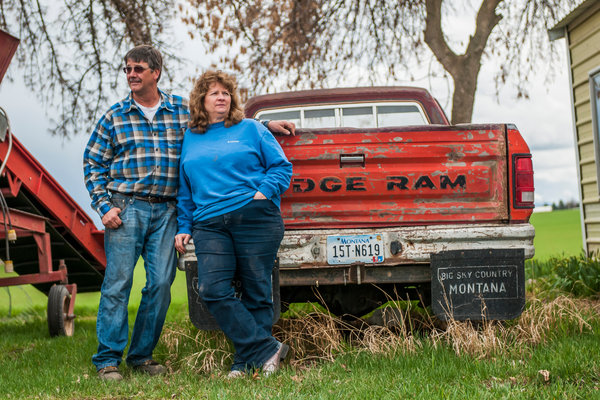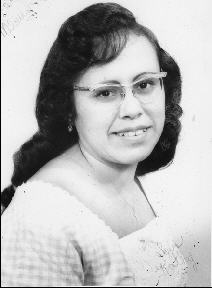Leadership Alliance Against Coal includes leaders from cities and tribes
Source: Office of Seattle Mayor Mike McGinn
SEATTLE – Leaders of city governments and tribal nations across the Pacific Northwest today announced the formation of a new coalition to oppose coal trains and coal exports. The Leadership Alliance Against Coal will work together to raise awareness about the damaging economic, cultural, and health impacts of coal trains and coal exports, as well as take action to protect their communities.
“These coal trains threaten the health of our communities, the strength of our economies, and the environmental and cultural heritage we share,” said Seattle Mayor Mike McGinn. “We will stand together to stop the coal trains.”
“For thousands of years Washington State tribes have fought to protect all that is important for those who call this great state home. We can no longer allow industry and business to pollute our water and land; we as leaders need to protect our treaty resources, our economies, and the human health of our citizens and neighbors,” said Brian Cladoosby, Chairman of the Swinomish Indian Tribal Community.
The Leadership Alliance Against Coal grew out of conversations between leaders from cities and tribal nations concerned about the impact of coal trains on their communities. Alliance members are calling for agencies to work together to explore the impacts on the health of people living near the rail tracks and the coal terminals. They urge state and federal agencies to deny permits for coal export proposals, as their proposed benefits do not outweigh the likely costs to local economies, health, natural environment, and cultural resources.
The City of Seattle conducted a study that found coal trains could add an additional two hours of gate downtime at major street crossings of the railway by 2025. Similar delays are likely in cities large and small along the proposed route of these trains
Tribes are concerned that coal trains and the proposed coal terminals would violate their treaty rights and damage their cultural heritage, as well as cause economic and health impacts.
“The economic, environmental and health issues raised by this 19th Century proposal are below us as a city and a state,” said State Representative Reuven Carlyle. “We need to focus on high quality, innovative, entrepreneurial markets and ideas that lift us up – not unhealthy, dangerous commodities that assault our global economy.”
“The risks not only to our tribe can be devastating, but also to the entire region,” said Chairman Melvin Sheldon, Jr., of the Tulalip Tribes. “We’ve made substantial retail investments that depend heavily on quality of life. Tulalip supports job creation. We are one of the largest employers in Snohomish County and contribute to economic solvency in the Northwest. However, we do not support an industry such as this one that we believe will damage our natural and cultural resources or diminish existing jobs in our region.”
“This increased rail traffic will have a significant impact on our local community by among other things increasing traffic congestion, creating a higher risk of accidents, decreasing our ability to provide effective emergency response times, impacting local commerce, and interfering with local truck freight delivery systems also affecting the local economy,” said Marysville Mayor Jon Nehring.
“The proposed coal trains pose a detriment to the health, economy, and quality of life of the people and communities I represent,” said Councilmember Larry Phillips, Chair of the King County Council’s Transportation, Economy, and Environment Committee. “I stand united with neighborhood, business, environmental, tribal, and government leaders in protecting the prosperity and beauty of our state by opposing coal trains.”
“The City of Spokane cannot afford to have additional coal trains coming through that disrupt truck routes, emergency services and the health of our citizens,” said Spokane City Council President Ben Stuckart. “In addition we must address climate change as elected leaders and must take action. I am proud to be part of the Leadership Alliance and look forward to working with Tribal and elected leaders across the state to represent our communities.”
“The citizens of Edmonds, like so many in our region, are committed to protecting our environment, improving our public health and safety, and building our economy. Coal trains run counter to every one of these important goals,” said Edmonds City Councilmember Strom Peterson.
“Washington State has been a national leader in creating clean-energy technologies and jobs that promote sustainable global economic development. Coal exports promote damaging and unsustainable energy programs. Shoreline stands in opposition to the proposed coal export terminals and the environmental, health and economic damage that will ultimately result,” said Shoreline Mayor Keith McGlashan.
“The City of Bainbridge Island supports economic growth that does not jeopardize Washington State’s commitment to fight the serious impacts of climate change,” said Bainbridge Island Mayor Steve Bonkowski, on behalf of the City Council. “The City urges the Governor and the Legislature to work on a comprehensive policy opposing coal export terminals in Washington State.”
“What is most concerning to me are the affects and impacts created by increased coal export put upon down-line communities like ours and we are just expected to take it,” said Sumner City Councilmember Nancy Dumas. “There is zero direct benefit for pass through communities like ours, yet our taxpayers are expected to bear the burden of expense, responsibility and liability that the increase in coal train traffic bisecting and disrupting our towns will bring.”
“On Earth Day, the city also introduced our Climate Action Plan, the city’s roadmap to be carbon neutral by 2050. Despite all our efforts to invest in energy efficient homes and an active transportation system, we will not achieve our climate goals if we allow a massive expansion of coal exports through our community,” said Seattle Councilmember Mike O’Brien. “I’m proud to stand united with cities and tribes to oppose coal exports and promote a climate friendly future.”
The following individuals are members of the Leadership Alliance Against Coal:
• Mayor Mike McGinn, Seattle
• Councilmember Mike O’Brien, Seattle
• Councilmember Larry Phillips, King County
• Mayor Jon Nehring, Marysville
• Mayor Keith McGlashan, Shoreline
• Deputy Mayor Chris Eggen, Shoreline
• State Representative Reuven Carlyle
• Council President Ben Stuckart, Spokane
• Mayor Dave Earling, Edmonds
• Councilmember Strom Peterson, Edmonds
• Councilmember Nancy M. Dumas, Sumner
• Mayor Steve Bonkowski, Bainbridge Island
• Chairman Melvin Sheldon, Jr., Tulalip Tribes
• Chairman Brian Cladoosby, Swinomish Indian Tribal Community
• Councilmember Jay Julius, Lummi Nation
















